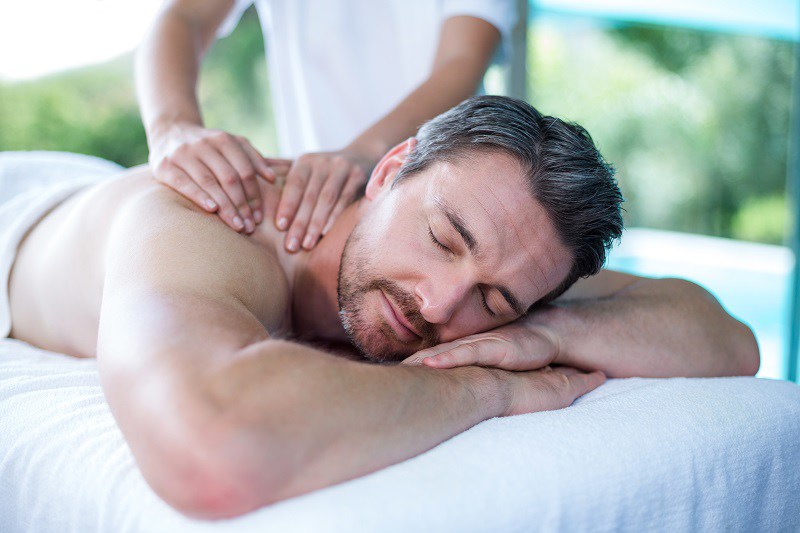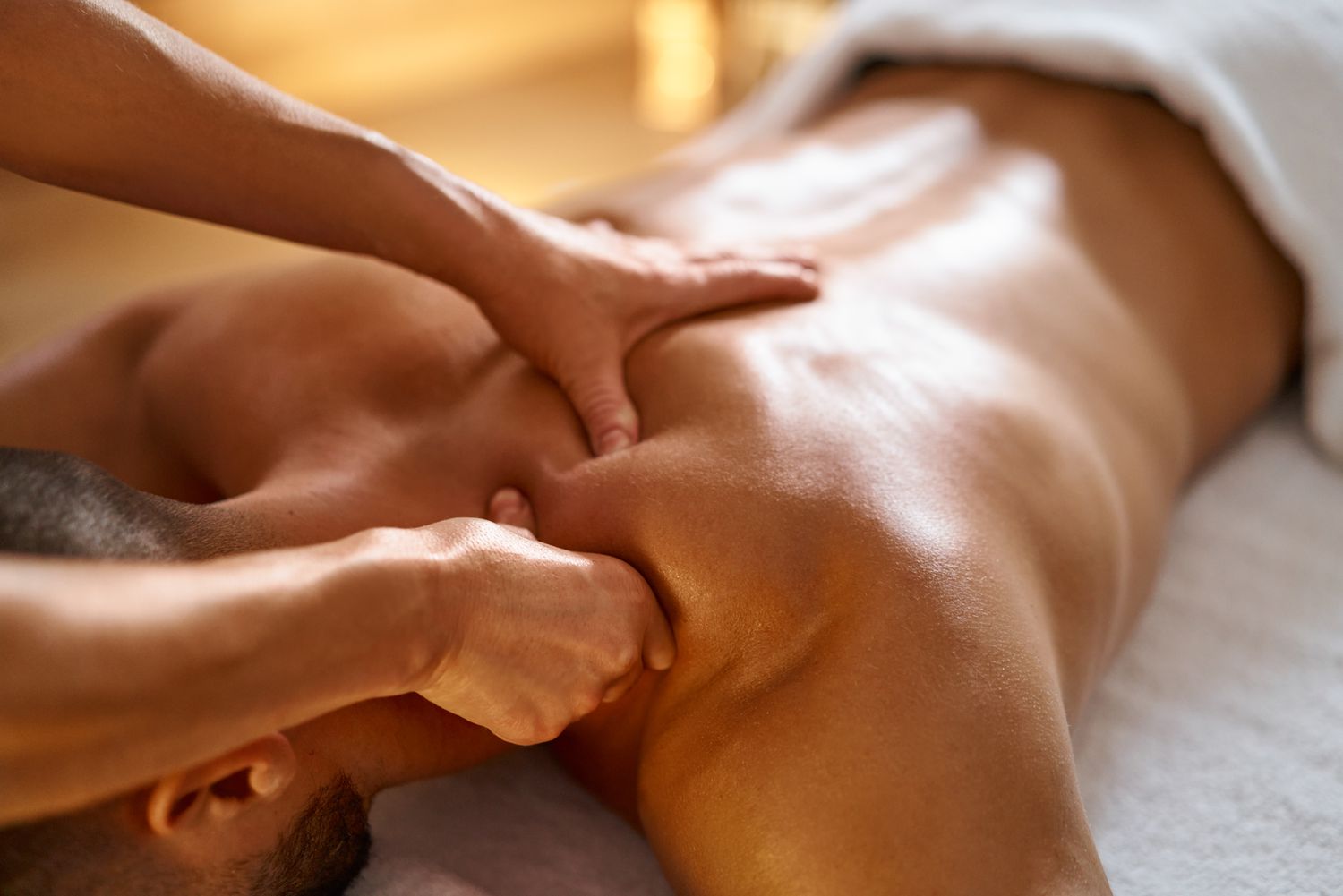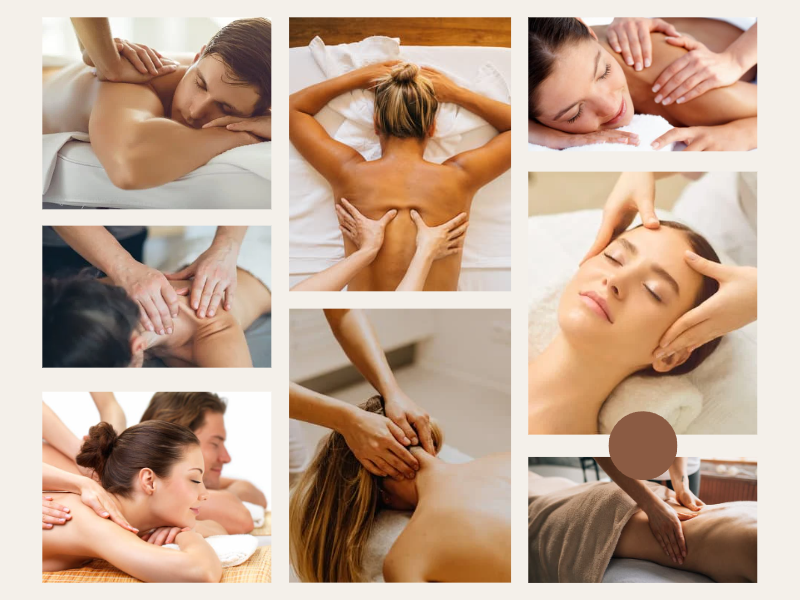Massages in Malaysia have long been a cherished tradition, deeply rooted in the country’s rich cultural heritage. The practice of massage therapy has evolved over centuries, drawing influences from various cultures such as Malay, Chinese, and Indian traditions. These massages are not only seen as a way to relax but also as a natural remedy to improve health, alleviate stress, and enhance overall well-being. Today, the demand for massages in Malaysia continues to rise, with both locals and tourists flocking to the country’s spas and wellness centers. The combination of traditional healing practices and modern techniques makes massage therapy a popular and highly sought-after experience for anyone looking to unwind or address specific physical concerns.
The traditional Malay massage, known as “Urut,” is one of the most popular and culturally significant massage styles in Malaysia. Urut is a therapeutic form of deep tissue massage that focuses on the manipulation of muscles and soft tissues to relieve pain and improve circulation. It typically involves a combination of kneading, pressing, and stretching techniques to release muscle tension and promote relaxation. Essential oils derived from local herbs are often used during an Urut session, enhancing its effectiveness by providing additional benefits like soothing the skin or easing muscle soreness. It is a popular choice for those experiencing physical discomfort, especially after long periods of work, or simply as a way to unwind and recharge.
Chinese massage, or Tuina, is another traditional therapy widely practiced in Malaysia. Tuina is rooted in Traditional Chinese Medicine (TCM) and involves the application of various manual techniques, including kneading, rolling, and stretching, to stimulate the body’s energy pathways or “Qi.” The primary goal of Tuina is to promote balance and restore the flow of energy throughout the body, addressing both physical and emotional concerns. This type of massage is often used to treat specific ailments such as headaches, digestive issues, and musculoskeletal problems, as it targets pressure points and meridians associated with different parts of the body. In Malaysia, many practitioners of Tuina are skilled in identifying underlying health issues and tailoring the massage to the individual’s needs.
Ayurvedic massage, with its origins in ancient India, is also an important part of Malaysia’s massage culture. The practice of Ayurveda revolves around the concept of balancing the body, mind, and spirit, and Ayurvedic massage is seen as a vital component of this holistic approach to health. Using a combination of techniques, including long, rhythmic strokes and deep tissue pressure, Ayurvedic massage aims to release toxins from the body, improve circulation, and rejuvenate the skin. Traditionally, it is performed with warm oils that are chosen based on the individual’s dosha (body type and constitution). In Malaysia, Ayurvedic massage is often paired with other Ayurvedic treatments such as herbal baths, making it a comprehensive wellness experience that promotes relaxation and overall health.

In addition to traditional massages, Malaysia has seen a growing interest in modern massage therapies that incorporate elements of Western techniques. One of the most popular modern therapies is the Thai massage, known for its combination of acupressure and assisted yoga stretches. Thai massage is not only designed to alleviate stress and muscle tension but also aims to improve flexibility and restore balance in the body. Many spas in Malaysia offer b2b kl massage services as part of their menu, attracting both locals and tourists who are looking for a unique and invigorating experience. Aromatherapy massage is another popular modern technique, where essential oils are used to enhance relaxation, improve mood, and relieve tension. The combination of soothing oils and gentle massage techniques creates a calming and restorative experience that appeals to those seeking mental relaxation in addition to physical healing.
As Malaysia has become a global hub for wellness tourism, the demand for high-quality massage services has skyrocketed. Major cities such as Kuala Lumpur, Penang, and Langkawi have numerous spas and wellness centers, offering a diverse range of massage treatments to cater to the preferences of different customers. These modern spas often blend traditional healing practices with contemporary techniques to create a luxury experience that combines the best of both worlds. International tourists flock to Malaysia, drawn by the reputation of its affordable yet high-quality wellness offerings. Whether indulging in a luxurious spa treatment at a five-star resort or visiting a local wellness center, individuals can enjoy an exceptional range of massage experiences, which not only offer relaxation but also promote long-term health benefits.
The massage culture in Malaysia is a dynamic fusion of rich tradition and modern innovation. The country’s diverse population has allowed for the development of various massage styles that offer something for everyone, whether seeking relaxation, healing, or stress relief. From the traditional Malay “Urut” to the holistic practices of Ayurvedic massage and the contemporary approaches like Thai and aromatherapy massages, there is no shortage of options for those looking to unwind. With the increasing popularity of wellness tourism, Malaysia continues to offer some of the best and most accessible massage services in the world, attracting people from all corners of the globe. Ultimately, massages in Malaysia offer not only physical relaxation but a deep connection to the country’s cultural heritage and its ongoing commitment to holistic well-being.



